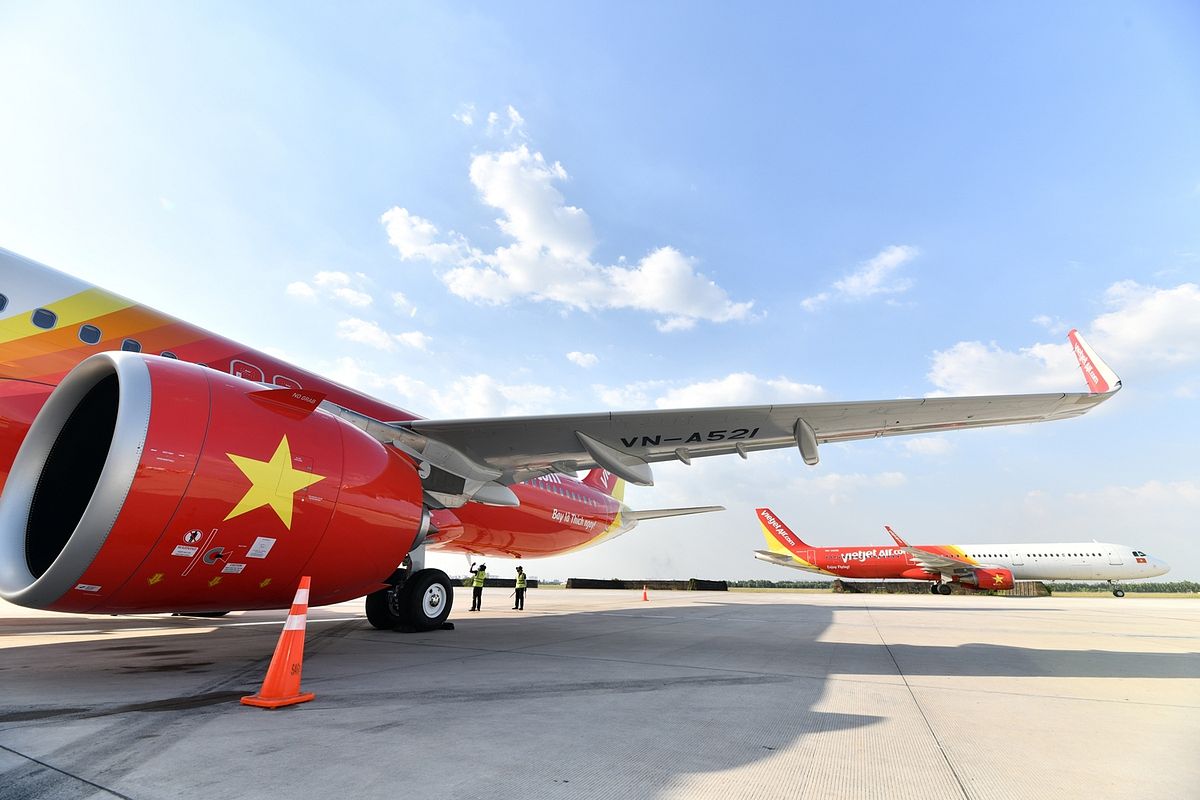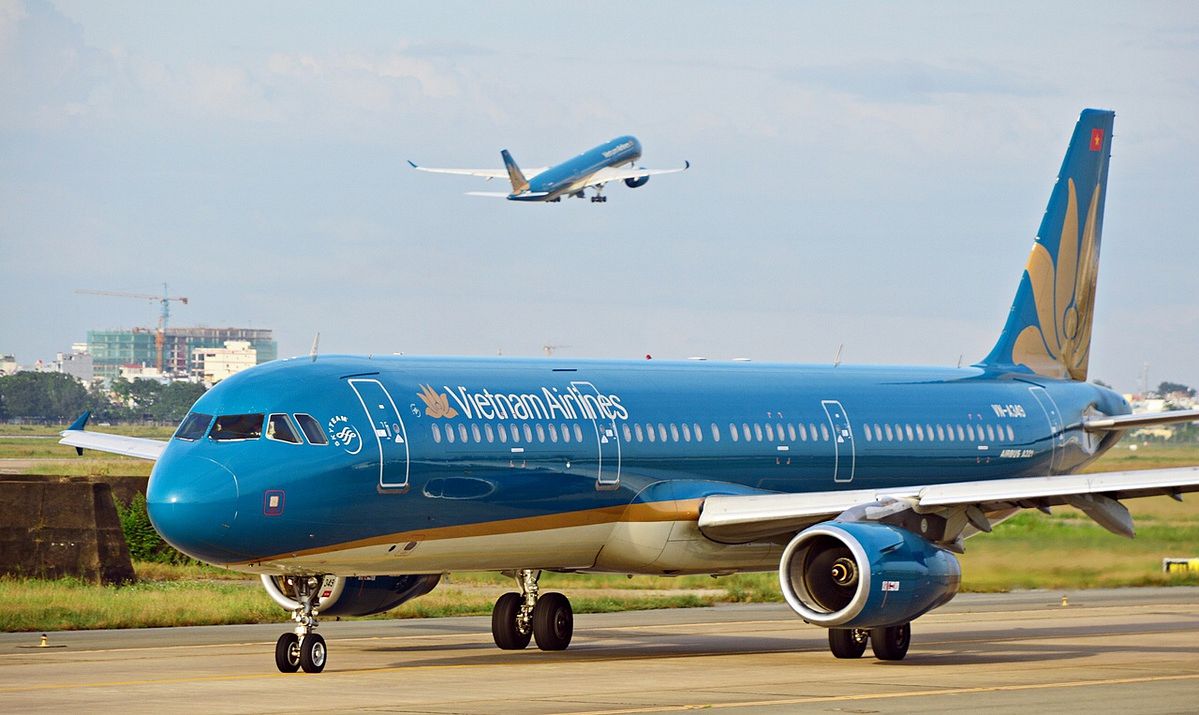With a profit of VND70 billion (US$3 million), it is one of the only airlines in the world to not reduce its workforce and remain profitable last year.
In a financial statement released last weekend, VietJet attributed much of their success to an increase in cargo operations. It reconfigured some of its passenger aircraft and altered operation management, which helped it deliver more than 60,000 tons of cargo internationally, with revenue from freight increasing 75% in the fourth quarter compared to the same period in 2019.
Fortuitously, in 2020 the carrier launched the VietJet Ground Services Centre (VJGS) at Noi Bai International Airport in Hanoi, which brought in more revenue while improving brand visibility. Ancillary revenue sources, including freight operations, accounted for 50% of the airline's after-tax profits for the year.
VietJet did not need to layoff any employees, but they were able to get discounts of up to 25% from suppliers, reduce daily operation costs, and successfully hedged jet fuel in May, which accounted for savings of 25%.
Vietnam Airlines did not manage to fare as well. While lower than they had previously estimated, the national flag-carrier reported losses of more than US$481 million. Total flights dropped by more than 27%, contributing to a nearly 59% reduction in revenue. And unlike VietJet, it saw a drop in total cargo shipped by 47%, as many of its planes have been used for official repatriation flights.
The situation may not be so terrible for Vietnam Airlines, however, as the State Capital Investment Corporation is in discussions with the carrier to invest VND8 trillion (US$345.49 million) in the company for financial support.
[Top image via Flickr user BreakingNewsTravel.]














